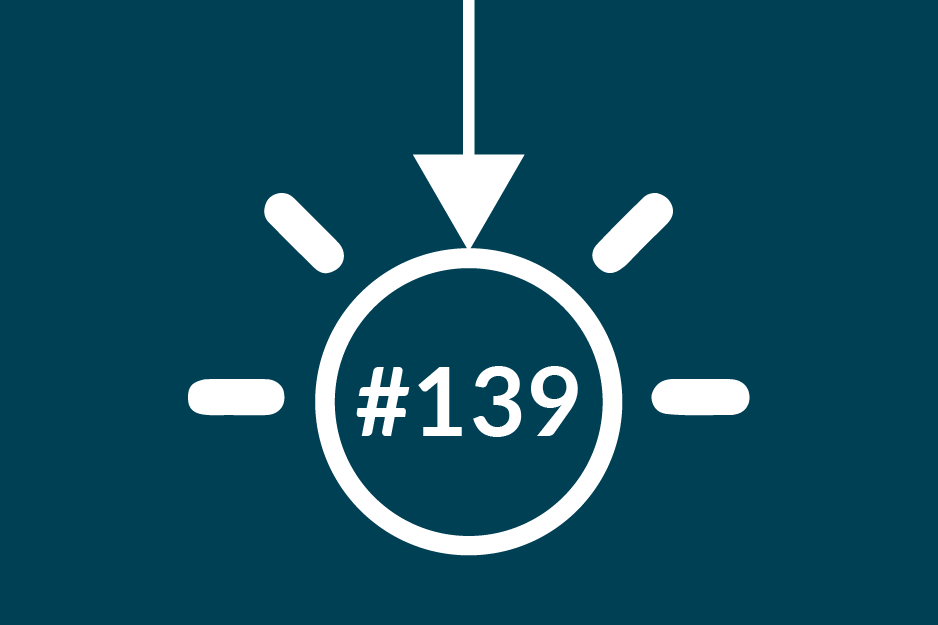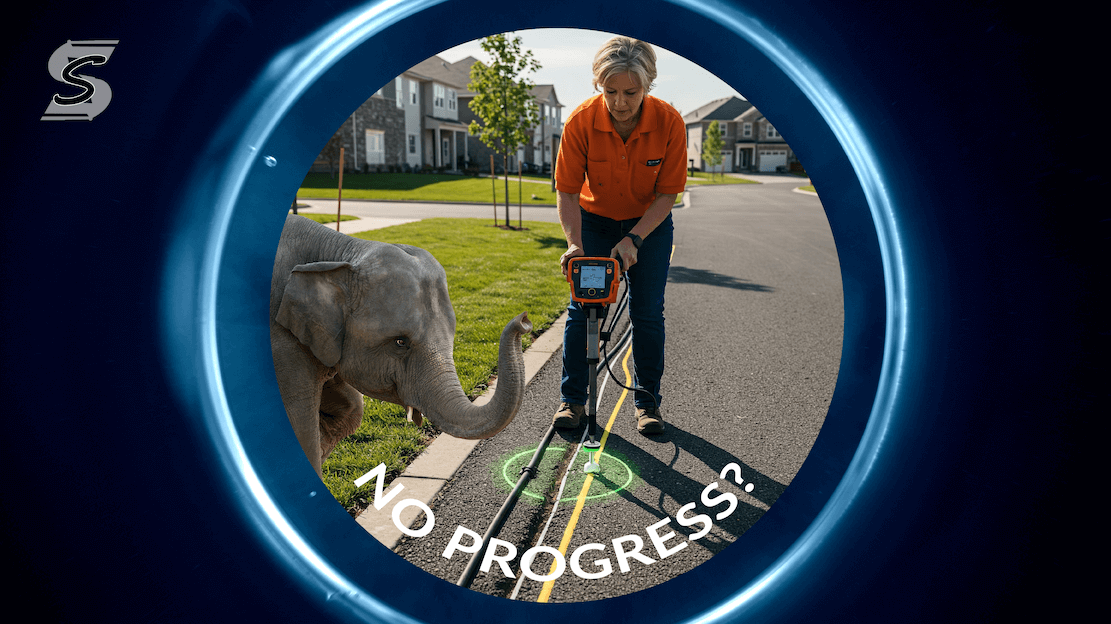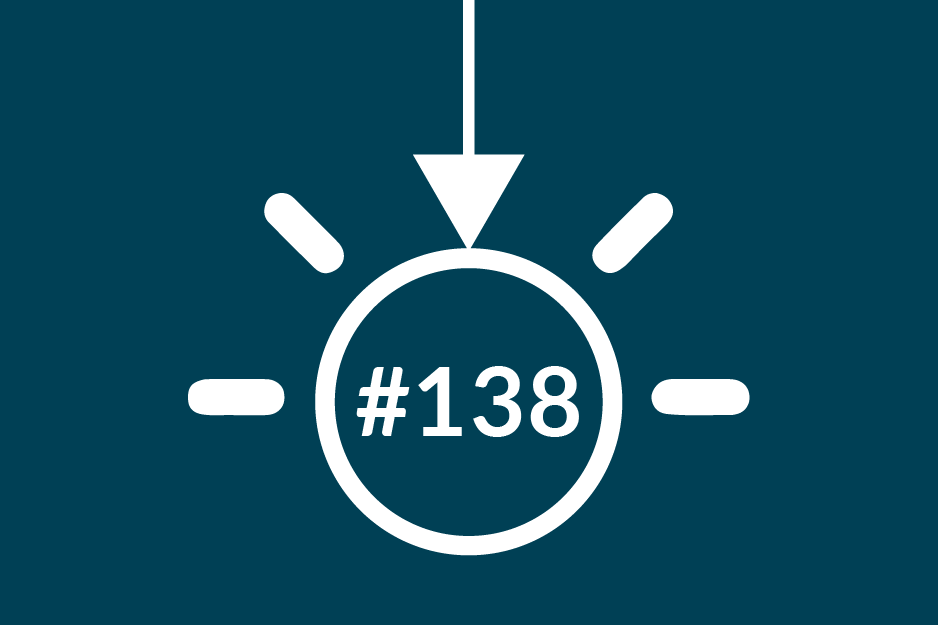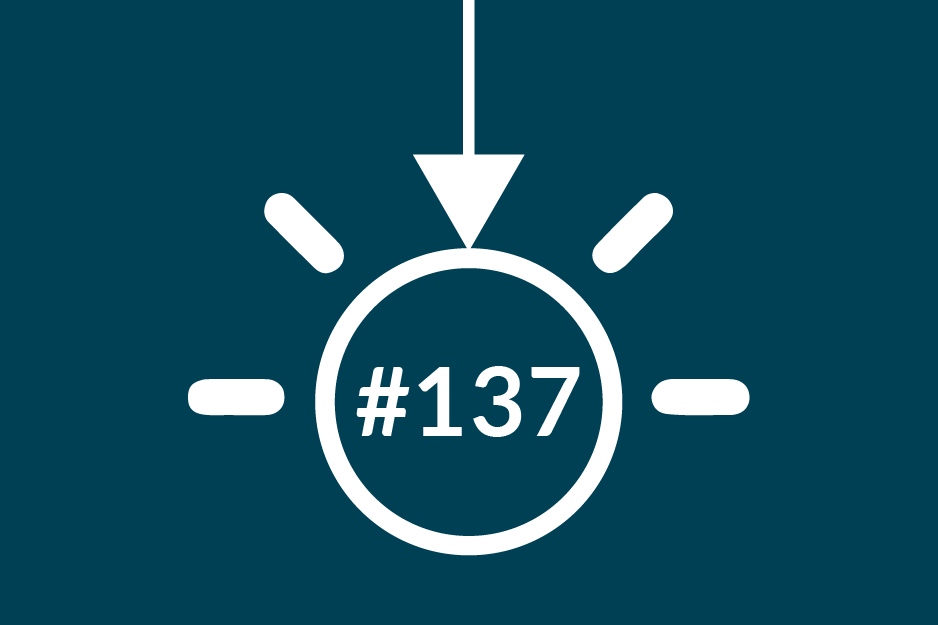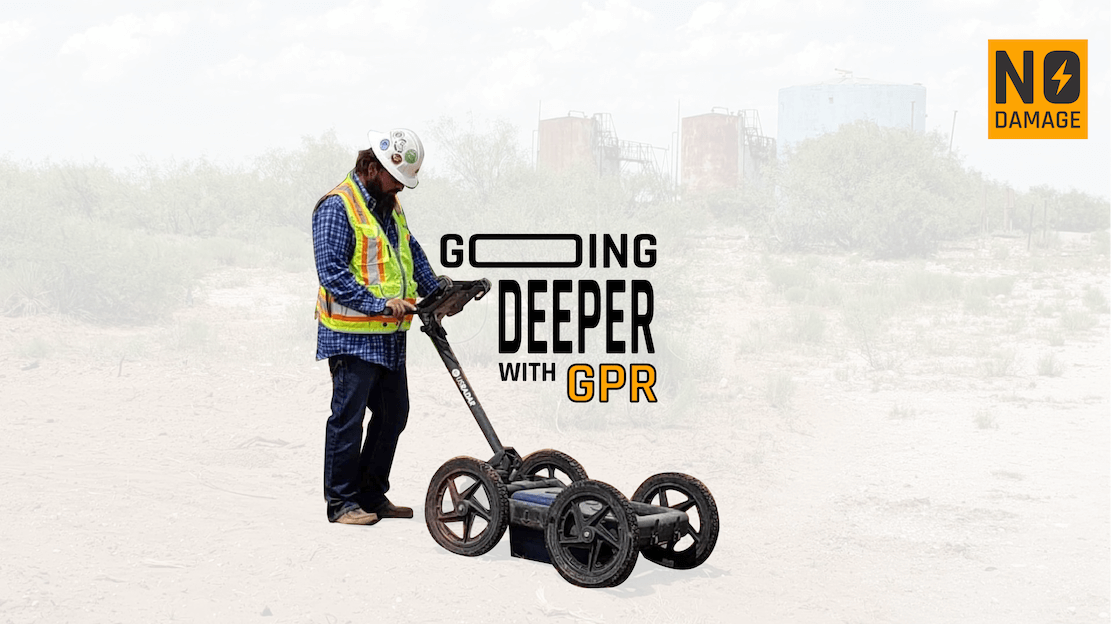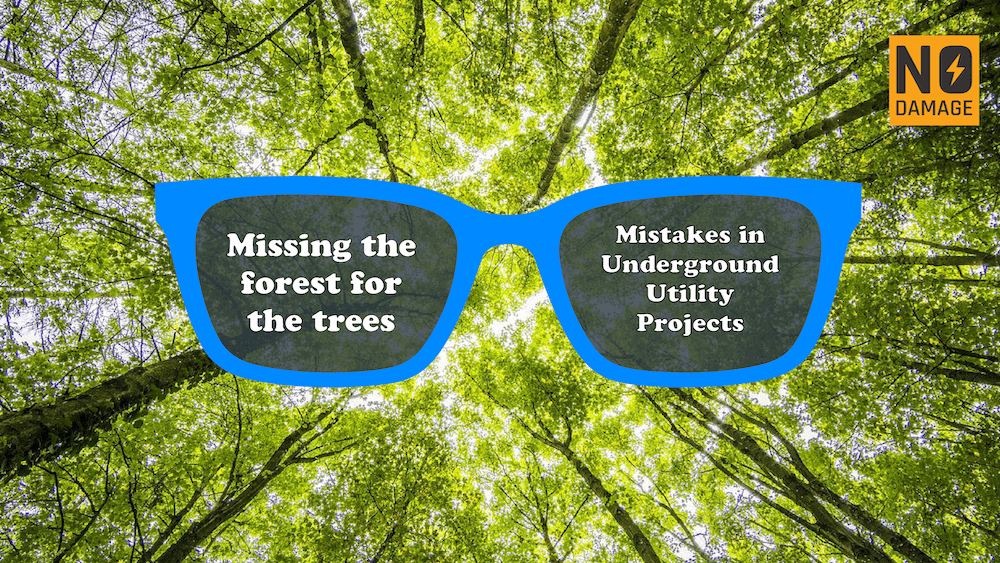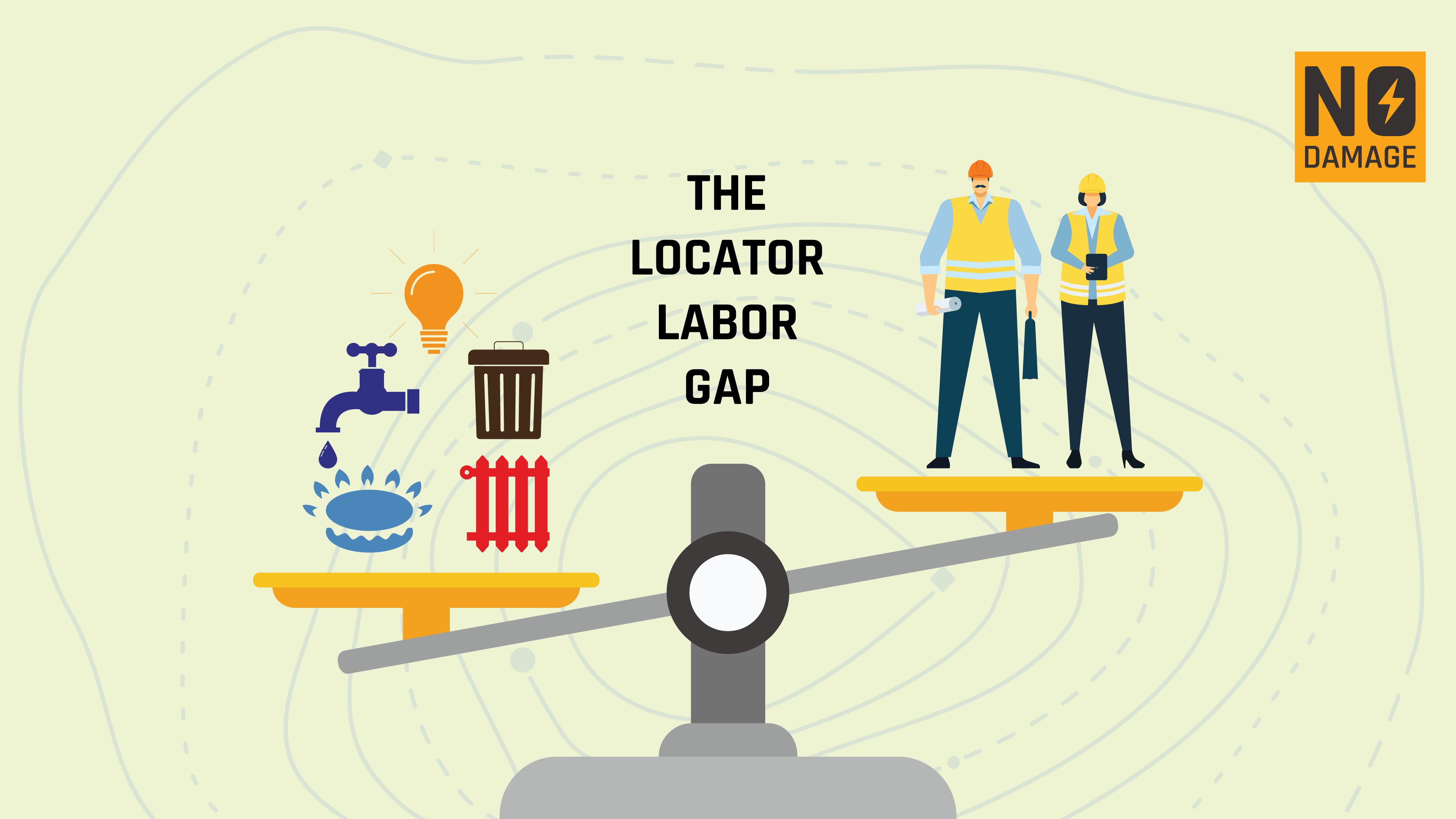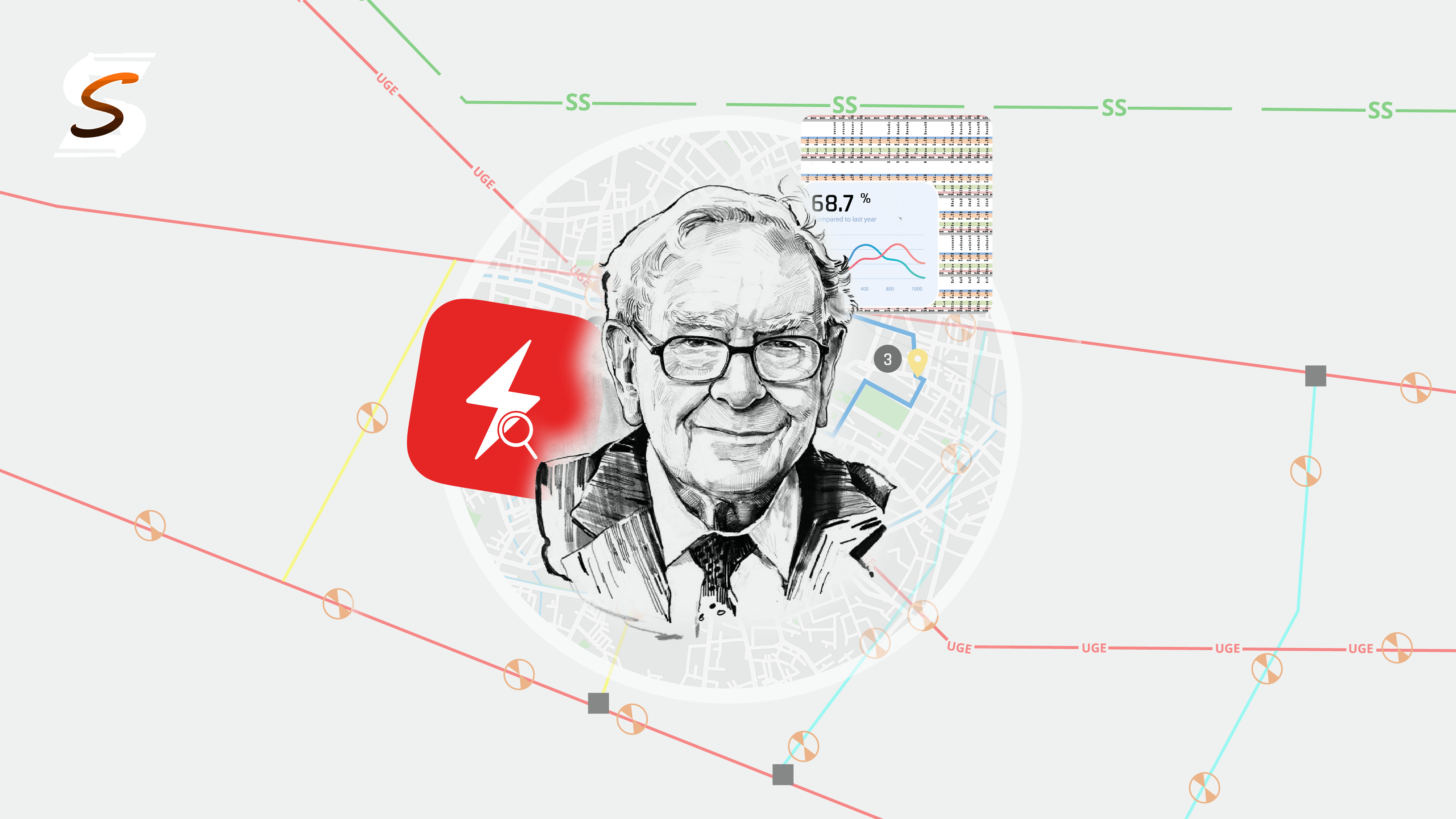
I was reading through some Berkshire Hathaway Letter to Shareholders the other day (don't ask) and I thought, wouldn't it be great if I did this for my stakeholders?! Better yet, wouldn't it be great if everyone did it?! Now I know, we've got the CGA's DIRT Report which is eminently valuable but the BH Letter to Shareholders is more than just numbers, it's a personal letter to real people. By doing so, we can foster a culture of openness, accountability, and continuous improvement in our shared mission of damage prevention.
Here’s why this practice is not only beneficial but may even be essential for our collective success:
Transparency Builds Trust
Publishing detailed reports on your activities, challenges, and successes in damage prevention fosters a culture of transparency. This openness builds trust among stakeholders, including the public, regulatory bodies, and industry partners. When stakeholders are transparent about their operations and outcomes, it demonstrates a commitment to honesty and integrity, which is crucial for maintaining strong, collaborative relationships.
Driving Accountability and Improvement
Publicly sharing your performance data and incident reports encourages accountability. It shows that you are willing to take responsibility for your actions and learn from any mistakes. This accountability not only helps in identifying areas for improvement but also motivates all stakeholders to adhere to best practices and continuously strive for excellence. By analyzing these reports, we can collectively learn from each other’s experiences, leading to more effective and innovative damage prevention strategies.
Enhancing Stakeholder Engagement
Publishing your own reports engages a broader audience in the conversation about damage prevention. It provides a platform for sharing insights, raising awareness, and educating others about the importance of our work. Engaged stakeholders are more likely to contribute their own ideas and resources towards our common goals, fostering a collaborative environment where everyone has a vested interest in preventing damage and enhancing safety.
Benchmarking and Best Practices
Detailed reports serve as valuable resources for benchmarking performance against industry standards and peers. By comparing data and methodologies, stakeholders can identify best practices and implement strategies that have proven successful elsewhere. This continuous benchmarking process is essential for maintaining high standards and pushing the industry forward. Imagine being able to see which ticket management system was performing best in some of the key metrics you care about most!
Empowering Decision-Making
Access to detailed, accurate data empowers stakeholders to make informed decisions. Whether it’s allocating resources, planning new projects, or addressing potential risks, having a clear understanding of past performance and current challenges is crucial. Published reports provide the insights needed to make strategic decisions that enhance safety and efficiency.
Boosting Business Opportunities
For locators and others, publishing performance reports can serve as a powerful marketing tool. When you consistently showcase strong performance through transparent reporting, it builds your reputation for reliability and excellence. Potential clients are more likely to choose a contractor with a proven track record, leading to increased sales and business opportunities. Your published reports become a testament to your capability, setting you apart in a competitive market.
Conclusion
In conclusion, the proactive publication of reports by damage prevention stakeholders is a powerful tool for fostering transparency, accountability, and continuous improvement. It builds trust, engages a broader audience, and supports regulatory compliance, all while empowering stakeholders to make informed decisions. For contract locators, it also opens doors to new business opportunities by demonstrating exceptional performance.
Let us commit to a culture of openness and continuous learning, where every report published brings us one step closer to our goals. Together, we can lead the way in damage prevention and set a standard of excellence for others to follow.
Share this Post




